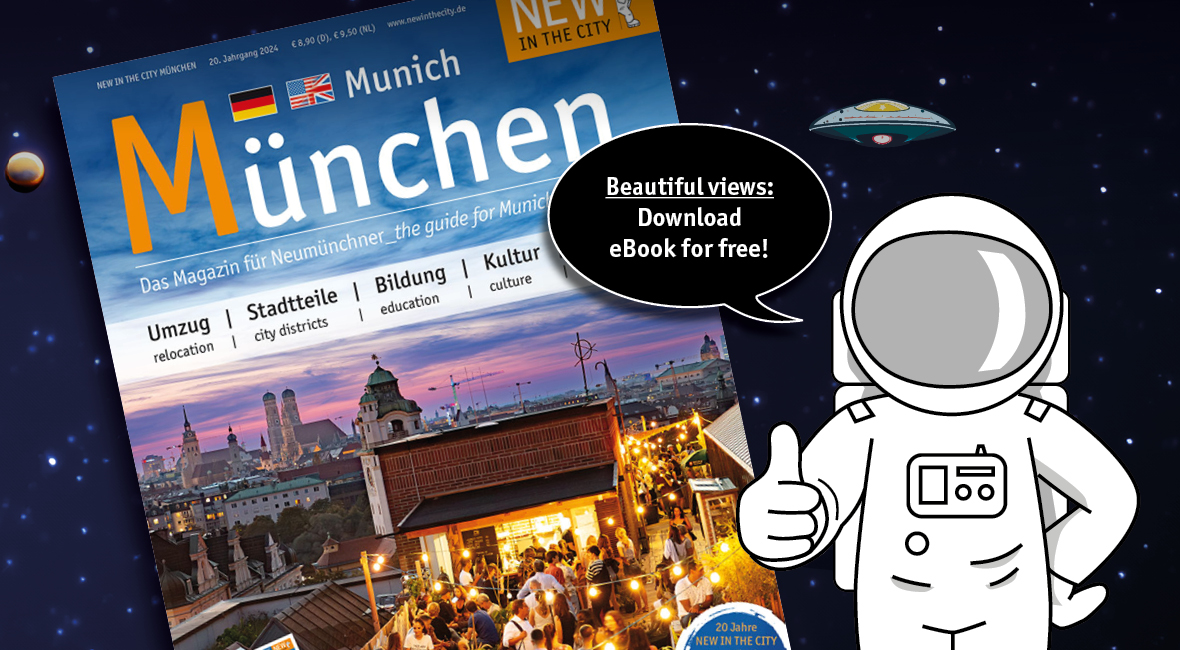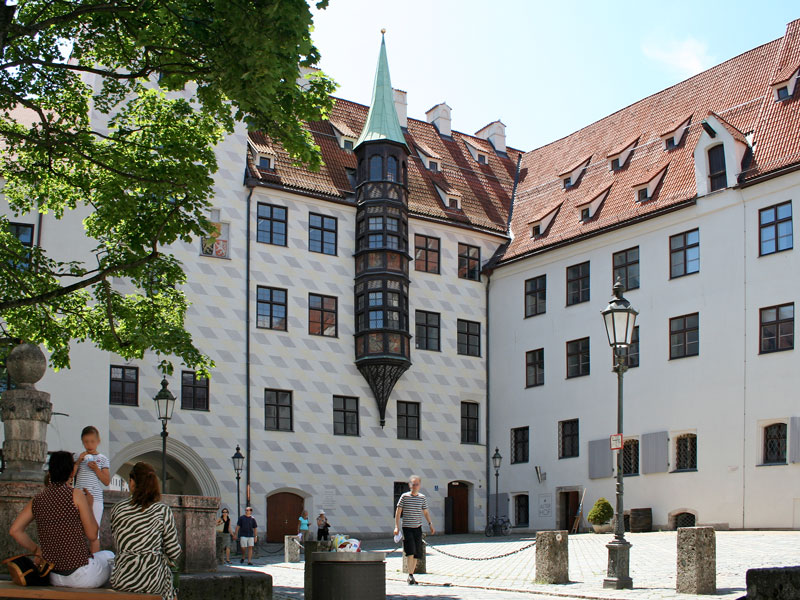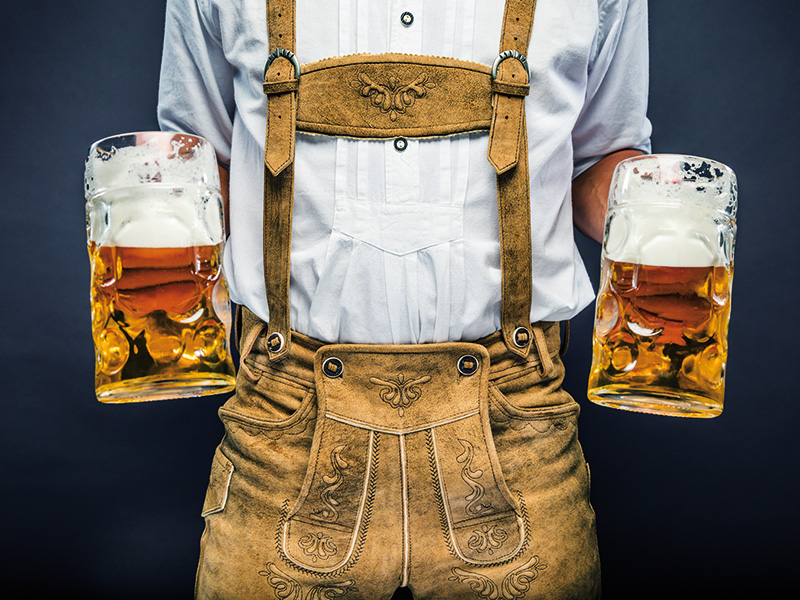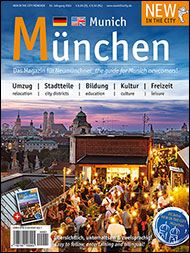Munich – your new home
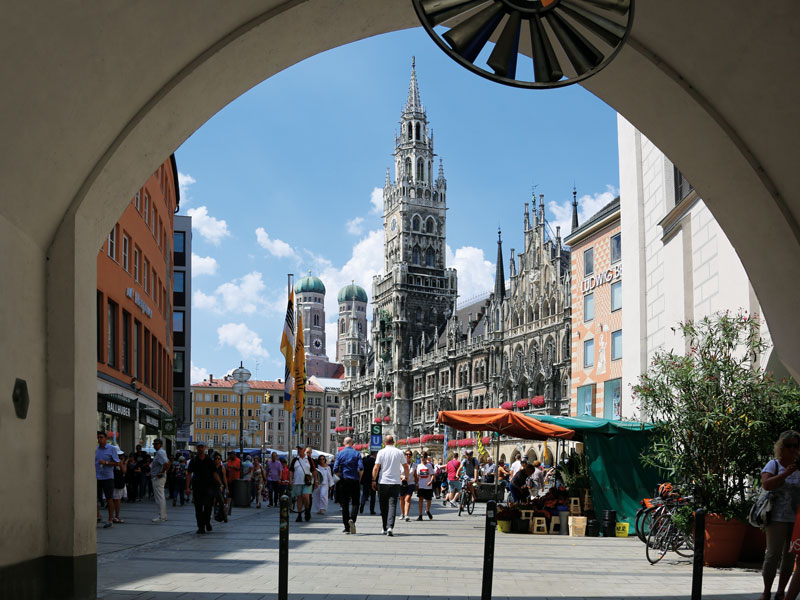 Altstadt, Marienplatz, © NEW IN THE CITY
Altstadt, Marienplatz, © NEW IN THE CITY
Bavaria is different. Even people who move to the state from other parts of Germany have to get used to a few Bavarian peculiarities. A beer and lemonade shandy – known as Alsterwasser in north Germany – is called a Radler. A bread roll, usually called a Brötchen elsewhere, is a Semmel. The CDU political party is known as the CSU. People say “Grüß Gott” instead of “Guten Tag.” Bavaria even has a different climate and the homes look different and are set amid a different landscape. When you’ve experienced your first headache caused by the Föhn, you’ll realize that even the wind whispers in the Bavarian dialect.
However, Munich and Bavaria are not the same. Munich is governed by the left-leaning SPD and not the conservative CSU, which rules Bavaria. You’ll have to look long and hard to find a beer-bellied Bavarian in Lederhosen in Bavaria’s capital city. Munich only truly shows its Bavarian side during the Oktoberfest. Any other time it’s a cosmopolitan oasis in the tradition-loving state of Bavaria. About 28 percent of Munich’s residents are foreigners, creating a bustling, multicultural atmosphere. Like a giant heart, each year Munich sucks in 120,000 newcomers from all over the world but also pumps out about 100,000 people who leave. The city’s population had remained constant at about 1.3 million since the 1970s but has now grown to a potentially record-breaking 1.55 million.




